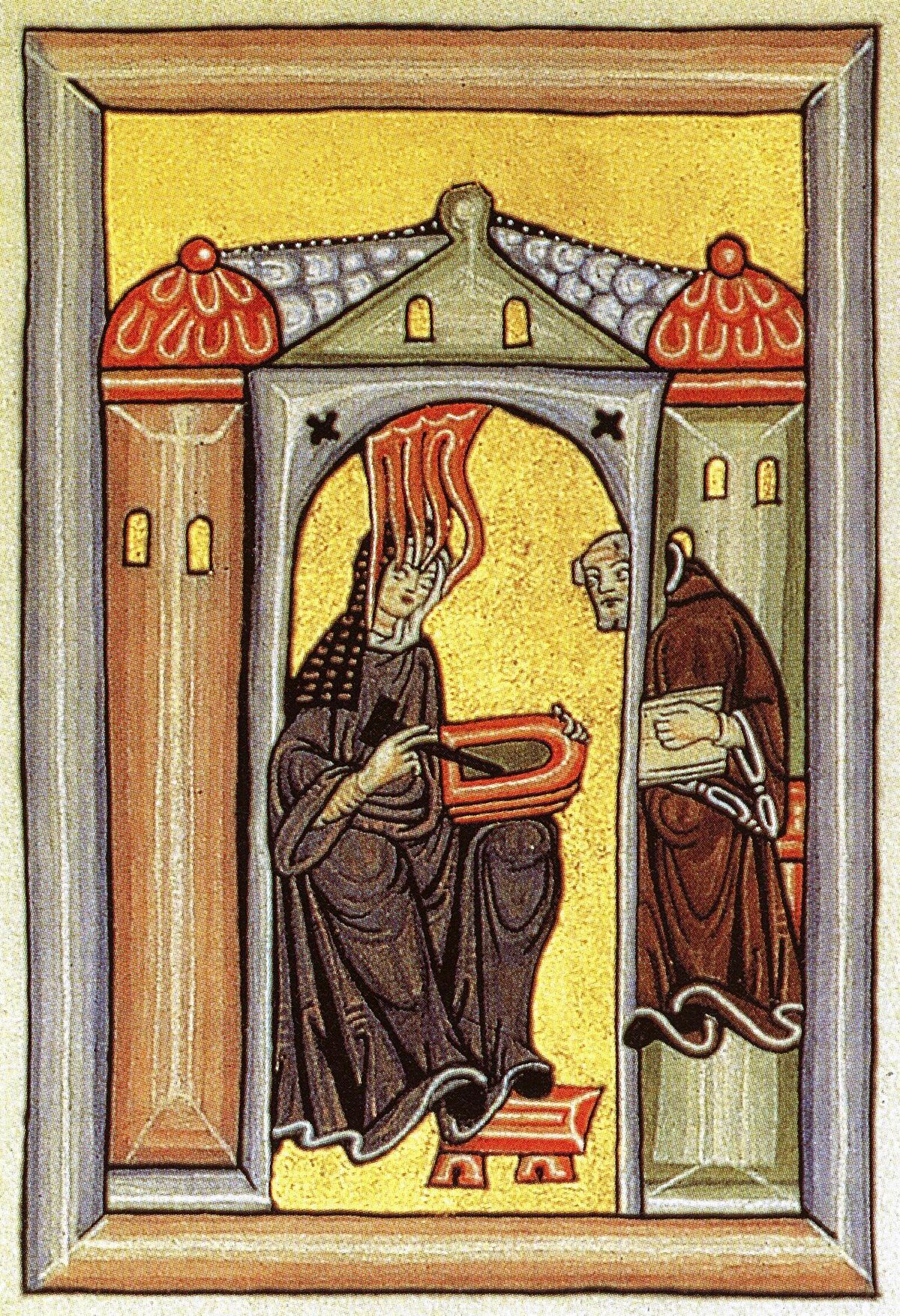x
Gender Roles, Subject, and Power
Based on Chadwick’s description the role of women in Europe in the middle age was seen women as homemakers, as a caretaker to children and please men. In the past women were considered to be strictly caretakers of the home and children and unable to have their own identity as an individual as they were always dependent on men. In the middle ages, women were expected to obey their fathers, brothers and any other males of their families. The church was anti-women, As Chadwick tell us in her book “the hierarchical church organization reinforced the class distinctions in society; it is a patriarchal dogma included a full set of theories on the natural inferiority of women which can be trades back to ancient Greece and the old testament”(Chadwick 44). Indeed, we can see how the church was focused on the opposition of women by placing women's inferior. An excellent example of this is how the church initiates the convents for women who did not want to get married: so their punishment was to spend their lives in the church and serve as long as they live. The women who moved to these convents were required, to give up their own identity and reconstruct their characters as a nun: and serve the community and priest as well. Another drawback to that was not only giving up their identity but also has least power and control than a priest. We can see how in the middle ages women were inferior because of the politics of the church. Apparently, that portrays that women were treated as inferior because of a set of rules that were implemented by a church organization. Moreover, women were supposed to get married between the ages of 11 and 12 with men that were chosen by her parents. Women's role in the relationship was to take care of domestic chores and raise kids while the men were responsible for supporting the family and providing for them. Furthermore, the laws did not allow for women to have any property rights which means they were not allowed to own any property under their name. That means if the parents wished to give any property to their daughters if it was not an option as laws didn't approve it. In that case, the only option was to transfer it to their husband's name.
Hildegard of Bingen, Scivias, c1142-52
This picture portrays the weakness of women rights in middle age.
In the Renaissance time, women played different roles in their families, depending on their age and marital status. Women were designated roles based on their status such as; Low-class women were expected to take care of the house, Middle-class women were supposed to work with their husband and assist them in running a business, and Upper-class women got catered as the queens and experienced the privilege to have servants to serve them. In comparison to middle ages in Renaissance time, women were allowed to work and enjoy their lives if they decided not to marry and have a family. Also in Renaissance time man started to support women financially with their interest in art. Additionally how Bolonia university open the doors for women so they can get an education and progress. Education helped not only many women but also one of the women Artemisia Gentileschi got famed for her paintings and became a well-known artist.
Artemisia Gentileschi, Susanna and the Elders 1610
One of Gentileschi painting from renaissance time. It illustrates how in this art two elder male is watching the vanity of the women. Apparently, it shows how this artist is trying to show the world the abuse towards women and trying to protest their rights again.
The differences between the role of women from middle ages to Renaissance time was an absolute change in women's rights. Previously based on writers description, the society was attached to the bible commandments which shows how women were supposed to be inferior to man. Women were not only inferior to man but also treated as less intelligent and weaker than a man with having no absolute rights or freedom to have their own identity or live the life they desired.
In the 19 century, women were more educated than before, and in comparison to middle and Renaissance, women have more freedom and more rights. They were allowed not only to get education but can also work in real world. Throughout the revolution during different eras, not only matters changed domestically but also in the practical world women were allowed to start working in factories. That is a significant advancement throughout these periods. However, the women's who were working in factories were a low class; middle-class women were teaching at home. Upper-classes women were at home taking care of their families as before and enjoying their leisure. Another revolution that took place was in photography and how people were advancing in it and started a business in it. The art industry has a significant switch and painters got awareness and began competing amongst each other.
Mary Cassatt, Mother and Child,1905
In Cassatt's painting, the artist painted the chair at an ideal angle that camera can capture every detail in the painting. The artist was competing with the imagination to make their living.
Work Cited
Chadwick, Whitney . Women Art and Society . 4th ed., Thames and Hudson, 1990. New York, N.Y
The Guerrilla Girls’ Bedside Companion to the History of Western Art. Penguin Print, 1998. New York
Johan Sebastian Molina












